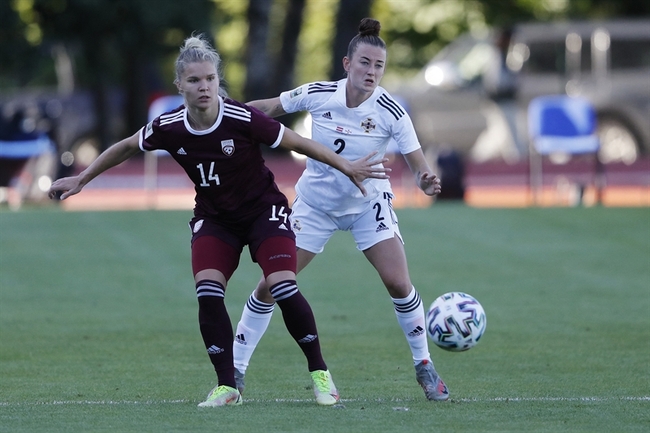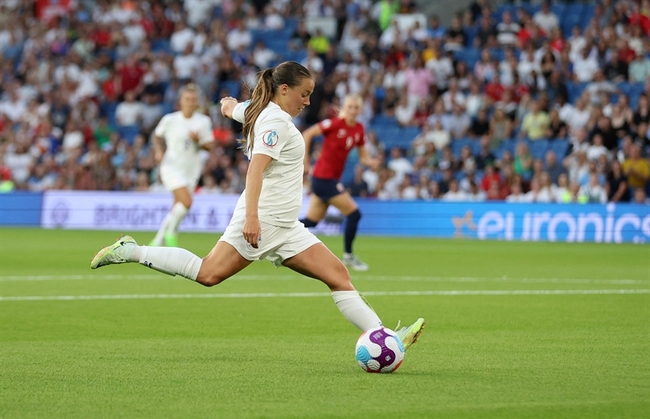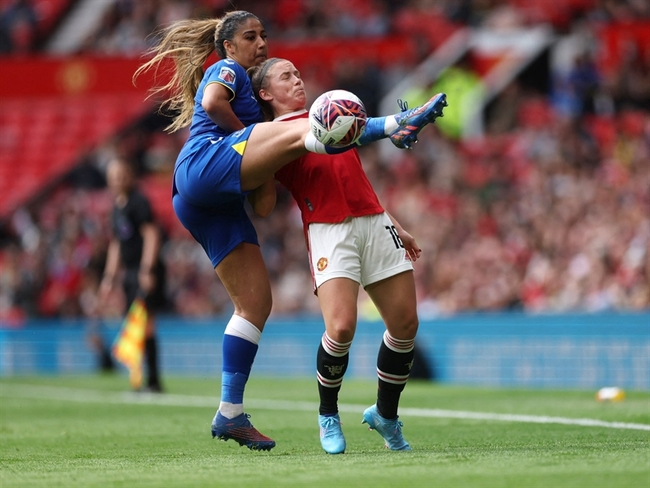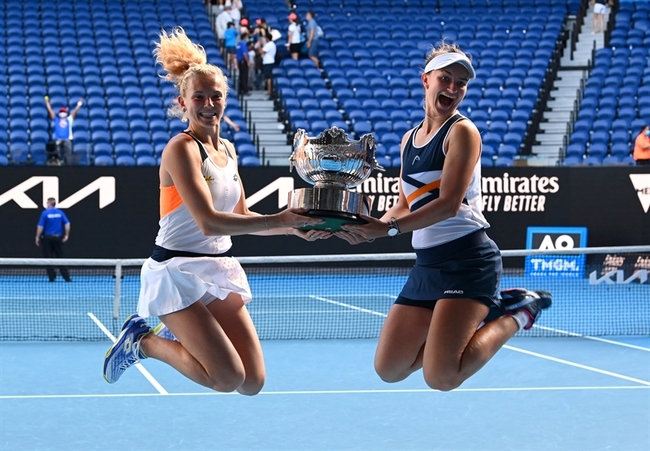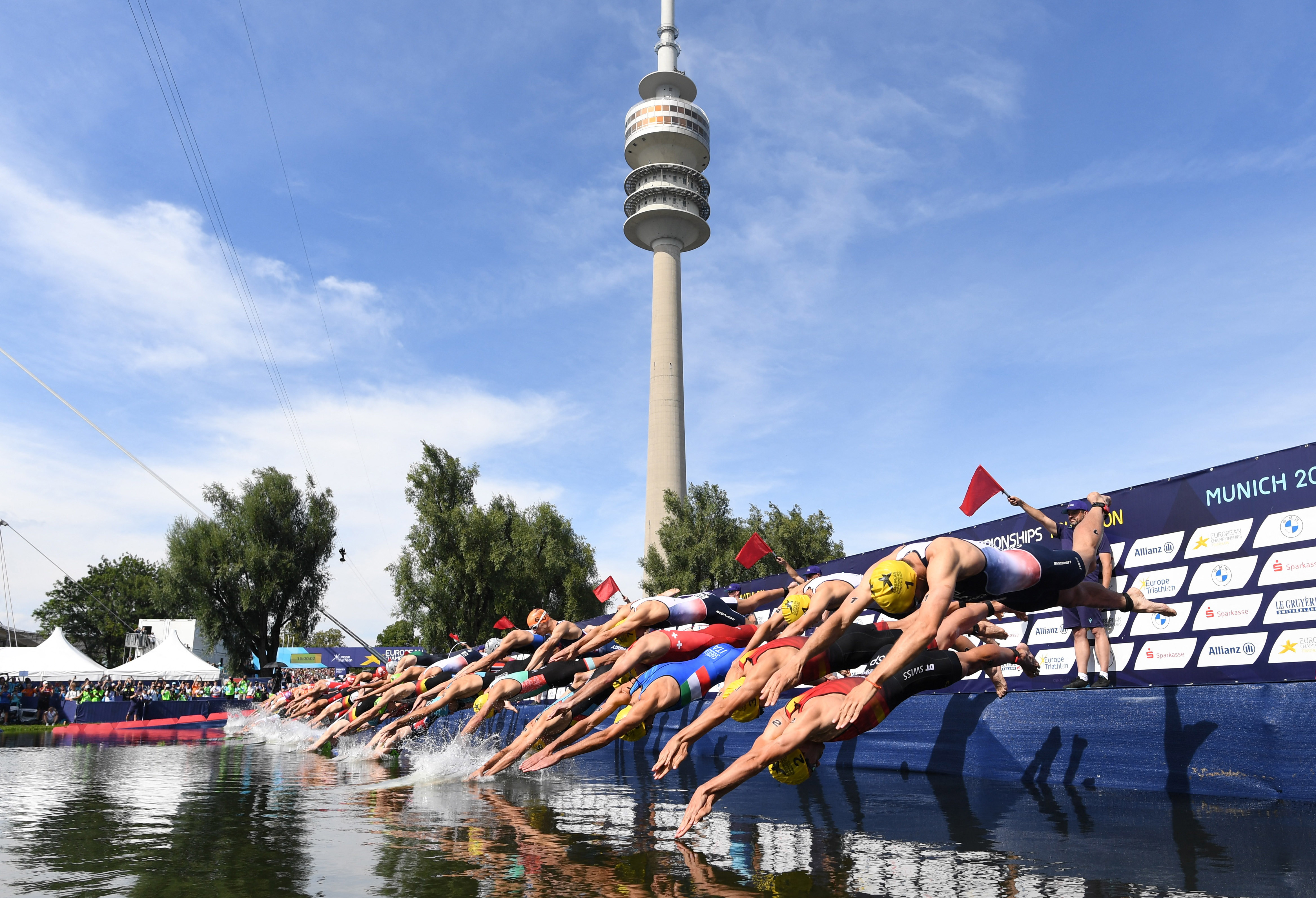You are viewing 1 of your 1 free articles
Why inflammation after muscle injury isn't a bad thing
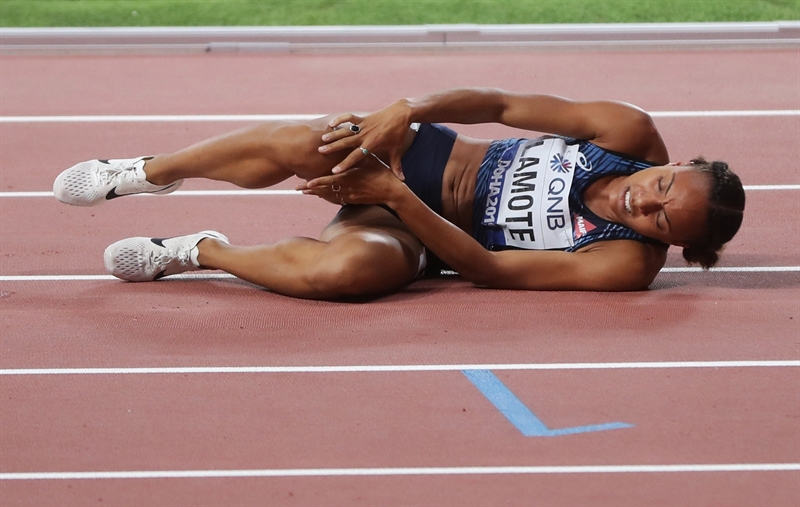
Inflammation is having a moment. Perhaps due to COVID-19 and the puzzling inflammatory cascade, all health practitioners are diving a bit deeper into the role of inflammation in illness and healing. With that in mind, we present this review of the function of inflammation in acute musculoskeletal injuries.
An understanding of injury starts with a sound knowledge of the structures at risk. Muscles cells are long and cylindrical. These cells, called myofibers, bundle together to form a fascicle. Fascicles join to shape the muscle.
Unlike cells that can reproduce through cell division, myofibers are unable to duplicate themselves. Therefore, when damage occurs to the muscle, it must recruit outside help in the form of stem cells called satellite cells. These cells become active after an injury and transform into myoblasts. Myoblasts proliferate for the first three days after an injury, after which, they differentiate and repair the damage to existing myofibers or join together to form new ones(1).
The new muscle fibers grow over several weeks to increase the strength and health of the injured muscle. While this regenerative process takes place, another chain of events happens simultaneously – the inflammatory process. This inflammatory reaction usually follows sterile acute sports injuries (no visible wounds or pathogens involved) due to the internal bleeding that takes place within a traumatized muscle. Blood coagulation sets off a reaction that activates mast cells and forms anaphylatoxins, putting the inflammatory process into motion. Often viewed negatively, this reaction actually helps initiate muscle healing. Mast cells assist in the activation of satellite cells – the cells needed to repair muscle tissue.
The inflammatory process also releases neutrophils and macrophages (white blood cells) to phagocytose, or digest, injured cells. Sometimes, though, the work of cleaning the area extends beyond the site of injury and damages healthy cells as well. It appears that more severe injuries release more neutrophils and experience more secondary harm than mild ones(1).
The macrophages begin to change roles about two days after the injury(1). The pro-inflammatory function changes as the cells morph to release growth factors that slow myoblast production and trigger them to become myofibers. Therefore, despite the possible additional tissue damage, the inflammatory process is integral in the healing process.
Managing inflammation
Clinicians often prescribe nonsteroidal anti-inflammatory drugs (NSAIDs) to combat the effects of inflammation after an acute injury. Using these medications, which inhibit the cyclooxygenase-2 (COX-2) pathways that result from the inflammatory process, also reduces the number and function of the satellite cells. Thus, while NSAIDs decrease the inflammation, they also impair the muscle healing response.Physios must pay close attention to an athlete’s symptoms and their status in the inflammatory and healing process. There is a case to be made for letting the inflammatory and healing processes run their course without impediment. Fortunately, most anti-inflammatory modalities, such as cold therapy, actually address the pain of the injury, without affecting localized inflammation(1). Protecting the damaged tissue during this time (for about one week after the initial injury) may prevent the onset of chronic inflammation, as repeated injury could interrupt the healing process and trigger a more sustained inflammatory state.
Reference
Newsletter Sign Up
Subscriber Testimonials
Dr. Alexandra Fandetti-Robin, Back & Body Chiropractic
Elspeth Cowell MSCh DpodM SRCh HCPC reg
William Hunter, Nuffield Health
Newsletter Sign Up
Coaches Testimonials
Dr. Alexandra Fandetti-Robin, Back & Body Chiropractic
Elspeth Cowell MSCh DpodM SRCh HCPC reg
William Hunter, Nuffield Health
Be at the leading edge of sports injury management
Our international team of qualified experts (see above) spend hours poring over scores of technical journals and medical papers that even the most interested professionals don't have time to read.
For 17 years, we've helped hard-working physiotherapists and sports professionals like you, overwhelmed by the vast amount of new research, bring science to their treatment. Sports Injury Bulletin is the ideal resource for practitioners too busy to cull through all the monthly journals to find meaningful and applicable studies.
*includes 3 coaching manuals
Get Inspired
All the latest techniques and approaches
Sports Injury Bulletin brings together a worldwide panel of experts – including physiotherapists, doctors, researchers and sports scientists. Together we deliver everything you need to help your clients avoid – or recover as quickly as possible from – injuries.
We strip away the scientific jargon and deliver you easy-to-follow training exercises, nutrition tips, psychological strategies and recovery programmes and exercises in plain English.



